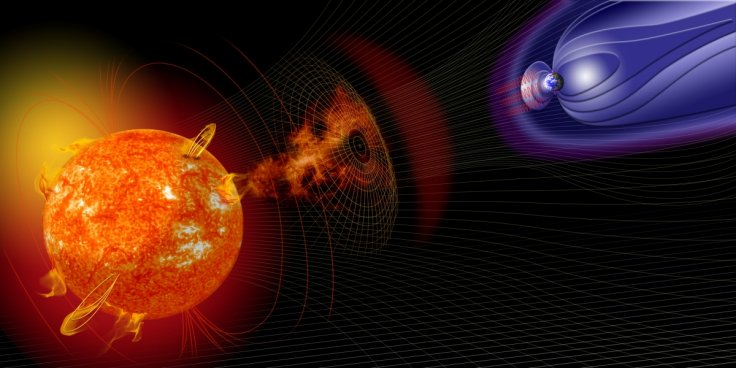
A team of Irish and French researchers has unveiled the way in which matter behaves in the extreme conditions of the sun's atmosphere. During the research, scientists used large radiotelescopes equipped in a NASA spacecraft to understand more about the fourth state of matter known as plasma.
The study revealed that this exotic matter could be the key to develop safe, clean and efficient nuclear energy on the earth.
It should be noted that most of the matter in the earth are found in three different states; solid, liquid and gas. However, the majority of the universe is composed of plasma, and the sun is no different. Even though plasma is the most abundant form of matter in the universe, humans have less understanding of this state due to its scarcity in the earth. Experts believe that the sun is a natural laboratory which humans can use to know more about this fourth state of matter.
"The solar atmosphere is a hotbed of extreme activity, with plasma temperatures in excess of 1 million degrees Celsius and particles that travel close to light-speed. The light-speed particles shine bright at radio wavelengths, so we're able to monitor exactly how plasmas behave with large radio telescopes," said Dr Eoin Carley, a postdoctoral research fellow at the Trinity College Dublin and the Dublin Institute of Advanced Studies (DIAS) and lead of this study in a recent statement.
As per researchers who took part in this research, studying the behaviour of plasma in extreme conditions and comparing these reactions on earth will help to build magnetic confinement fusion reactors which will allow humans to generate safer, cleaner and efficient nuclear energy.
Peter Gallagher, a professor at DIAS who was also a part of this study revealed that nuclear fusion is a type of energy generation that fuses plasma atoms together, unlike fission that breaks apart these atoms. Gallagher also added that fusion is more stable which does not require radioactive fuel, and the waste material of nuclear fusion is inert helium.
"The only problem is that nuclear fusion plasmas are highly unstable. As soon as the plasma starts generating energy, some natural process switches off the reaction. While this switch-off behaviour is like an inherent safety switch -- fusion reactors cannot form runaway reactions -- it also means the plasma is difficult to maintain in a stable state for energy generation. By studying how plasmas become unstable on the Sun, we can learn about how to control them on Earth," added Gallagher.
A few days back, former NASA scientist Louise Riofrio had suggested that a black hole could be present at the centre of the earth. While talking to the YouTube channel 'Third Phase of Moon', more studies on this unknown black hole could result in the production of free energy.
The research report was published in the journal Nature Communications.









